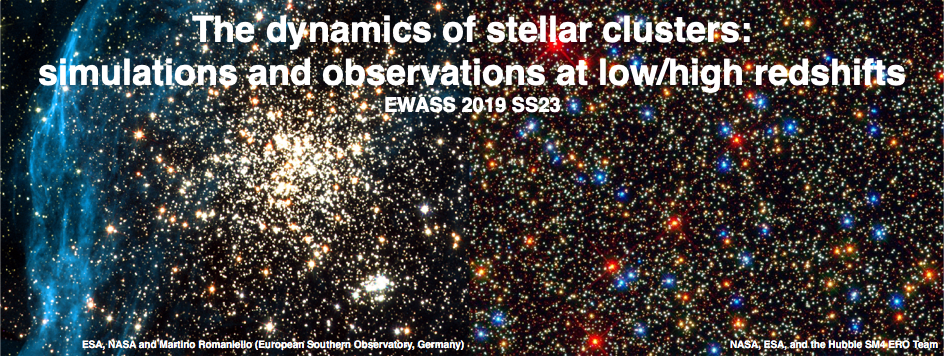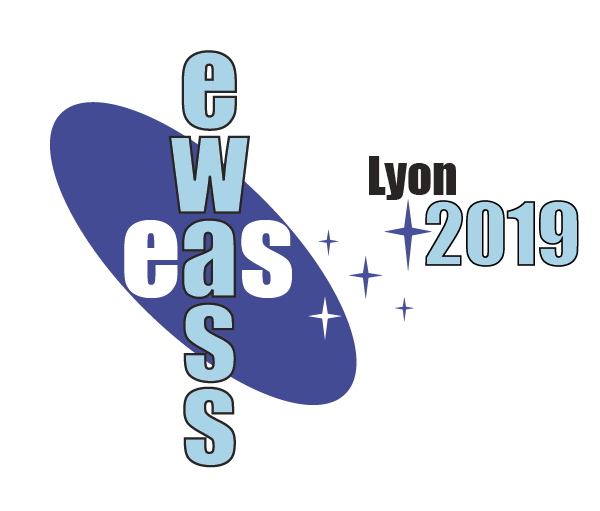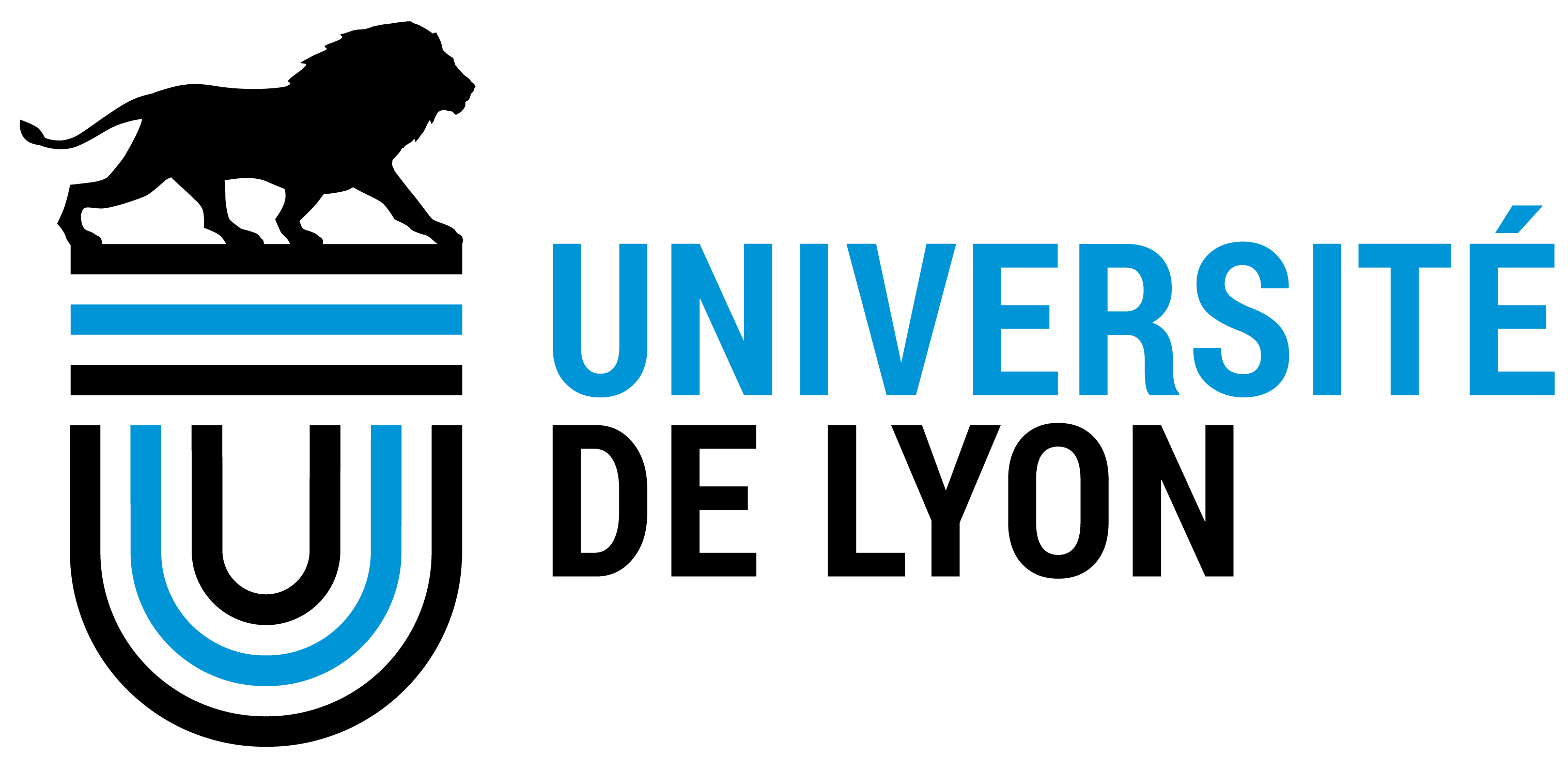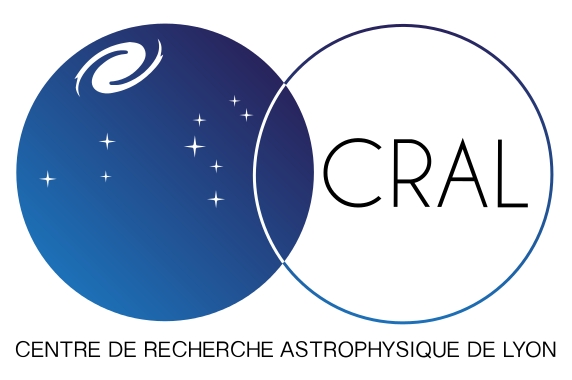|
Special Session SS23
26 June 2019

Aims and scope
Globular clusters have always played a crucial role in astrophysics: because up to 90% of stars might form in star clusters, they are considered the building blocks of galaxies; they are often used as ideal objects for the calibration of a great variety of processes such as star formation, assembly histories, and (early) chemical evolution of their host galaxy; they provide clues on the distribution of dark matter in present-day galaxies; they can be used to shed light on the epoch of cosmic reionization.
In particular, for a long time, globular clusters were considered the prototype of simple stellar populations, and were treated as the ideal laboratories and benchmarks for testing and refining stellar evolutionary models. However, the discovery of different populations of stars in globular clusters has completely revolutionised this simple picture. Now, multiple stellar populations are found not only in old globular clusters, but younger star clusters also display evidence which are incompatible with the simple stellar population assumption. These observations pose a serious challenges to our understanding of the formation and evolution of stellar populations in clusters. Indeed, several scenarios have been proposed so far, but none is capable of reproducing all the detailed spectroscopic and photometric properties of the different populations.
From a theoretical point of view, numerical simulations could help to better understand the origin of observations in globular and young star clusters. On the one hand, N-body simulations have shown that the study of the internal dynamics of the distinct stellar populations could provide strong constraints on the formation scenarios of multiple populations, especially when the effects of stellar evolution, remnants and binaries are taken into account. On the other hand, hydrodynamic simulations are becoming necessary to explain the absence of gas in young massive clusters, and model the formation of multiple populations in the early evolutionary stages of these stellar systems.
The cooperation between modellers specialised in different areas and observers will be the key to uncover the origin of multiple stellar populations. A matching between the dynamics of the end point of N-body simulations and the internal kinematics of clusters measured through spectroscopic surveys and Gaia proper motions is now especially timely. Moreover, it would be particularly interesting to compare the results of hydrodynamical simulations to low and high redshift observations of primordial globular clusters, to provide an explanation for the absence of gas in current Galactic globular clusters and their contribution to the reionization phenomenon.
The goal of our session is therefore to convene the major experts in the stellar cluster community to discuss the new observational results, the challenges for the existing models, and new possible scenarios for the interpretation of the observational data. The main issue we aim to explore is the nature of multiple stellar populations and their puzzling origin. We plan to structure the discussion to understand what their diversity can tell about the origin of these stellar systems.
Programme
- Multiple stellar populations in star clusters: observations and formation scenarios
- N-body simulations in stellar clusters
- Hydrodynamical simulations in stellar clusters
- Mass modelling in stellar clusters
Invited speakers
- Andrea Bellini (Space Telescope Science Institute, USA)
- Michela Mapelli (Padova University, Italy)
- Laura Watkins (European Southern Observatory, Germany)
Scientific organisers
- Anna Fabiola Marino (Padova University, Italy / ANU, Australia)
- William Chantereau (Liverpool John Moores University, UK)
- Mark Gieles (University of Surrey, UK)
- Edoardo Lagioia (Padova University, Italy)
- Alessandra Mastrobuono-Battisti (MPIA, Heidelberg, Germany)
- Antonino Milone (Padova University, Italy)
- Alice Zocchi (ESA/ESTEC, NL)
Contact
Anna Fabiola Marino and William Chantereau: anna.marino @ unipd.it / w.chantereau @ ljmu.ac.uk
Updated on Tue Dec 18 17:01:33 CET 2018
|

 A power cut will shut down all EAS services on Tuesday, 10 January 2017 starting at 7:30 CET.
A power cut will shut down all EAS services on Tuesday, 10 January 2017 starting at 7:30 CET.





